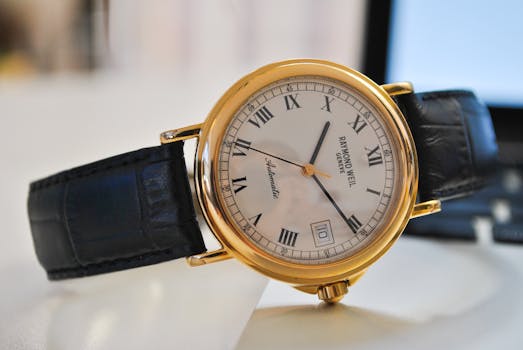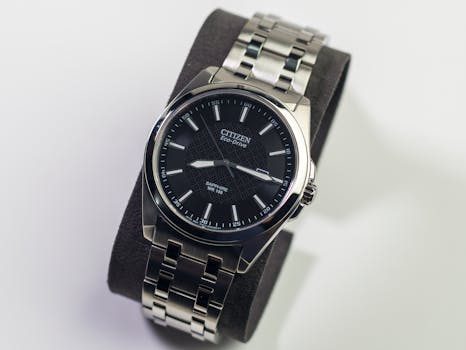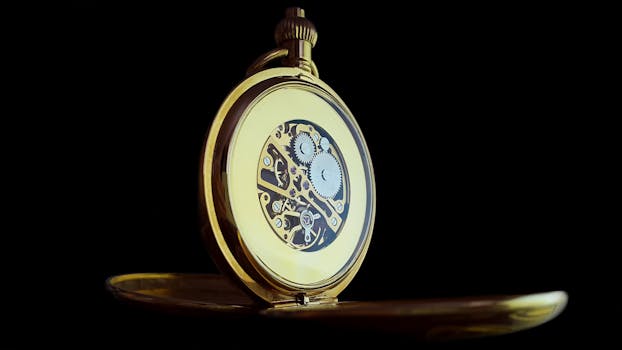
Exploring the Intricacies of Watch Movements: A Comprehensive Guide
Takeaways: Understanding watch movements is essential for any watch enthusiast. This article explores the three primary types of watch movements—automatic, quartz, and mechanical—highlighting their unique features, advantages, and how they impact the overall performance of watches.
Watches are more than just time-telling devices; they are intricate pieces of art that reflect craftsmanship and engineering excellence. At the heart of every watch lies its movement, determining not only how it functions but also its reliability and appeal. In this article, we will delve into the different types of watch movements, exploring their mechanics, pros and cons, and what sets them apart.
1. Understanding Automatic Watch Movements
Automatic watches, also known as self-winding watches, have gained immense popularity among watch enthusiasts for their intricate craftsmanship and traditional appeal. These timepieces are powered by the natural motion of the wearer’s wrist. Inside an automatic watch, a rotor—a semi-circular piece of metal—moves as the wearer moves their wrist, winding the mainspring and generating energy.
One of the most significant advantages of automatic movements is their convenience. As long as the watch is worn regularly, it remains wound and operational, eliminating the need for manual winding. This makes automatic watches an excellent choice for daily wear, especially for those who appreciate the art of horology.
However, automatic watches do have some drawbacks. If not worn for an extended period, they may stop and require resetting. Additionally, the intricate mechanics contribute to a higher price point compared to quartz counterparts. Despite this, many watch enthusiasts find the charm and craftsmanship of automatic movements worth the investment.
2. The Precision of Quartz Watch Movements

One of the primary benefits of quartz watches is their low maintenance requirements. The battery typically lasts for several years, and they do not require regular winding or intricate servicing like their mechanical counterparts. This makes quartz watches an ideal choice for those seeking reliable and hassle-free timepieces.
Despite their advantages, quartz movements may lack the romantic allure and craftsmanship associated with mechanical watches. Many watch aficionados appreciate the artistry and tradition behind mechanical movements, often viewing quartz watches as less desirable. Nevertheless, quartz watches remain popular for their affordability and precision.
3. The Art of Mechanical Watch Movements

Horologists often regard mechanical watches as the pinnacle of watchmaking. They showcase the skill and artistry of watchmakers, with many featuring stunning designs and intricate complications such as tourbillons and perpetual calendars. Mechanical watches are often seen as collector’s items and can appreciate in value over time.
However, they do require regular maintenance and servicing to ensure longevity and accuracy. Additionally, mechanical watches tend to be less accurate than quartz watches, as they rely on physical movements and can be affected by factors such as temperature and wear. Despite this, the allure of mechanical movements continues to captivate watch enthusiasts worldwide.
Conclusion








